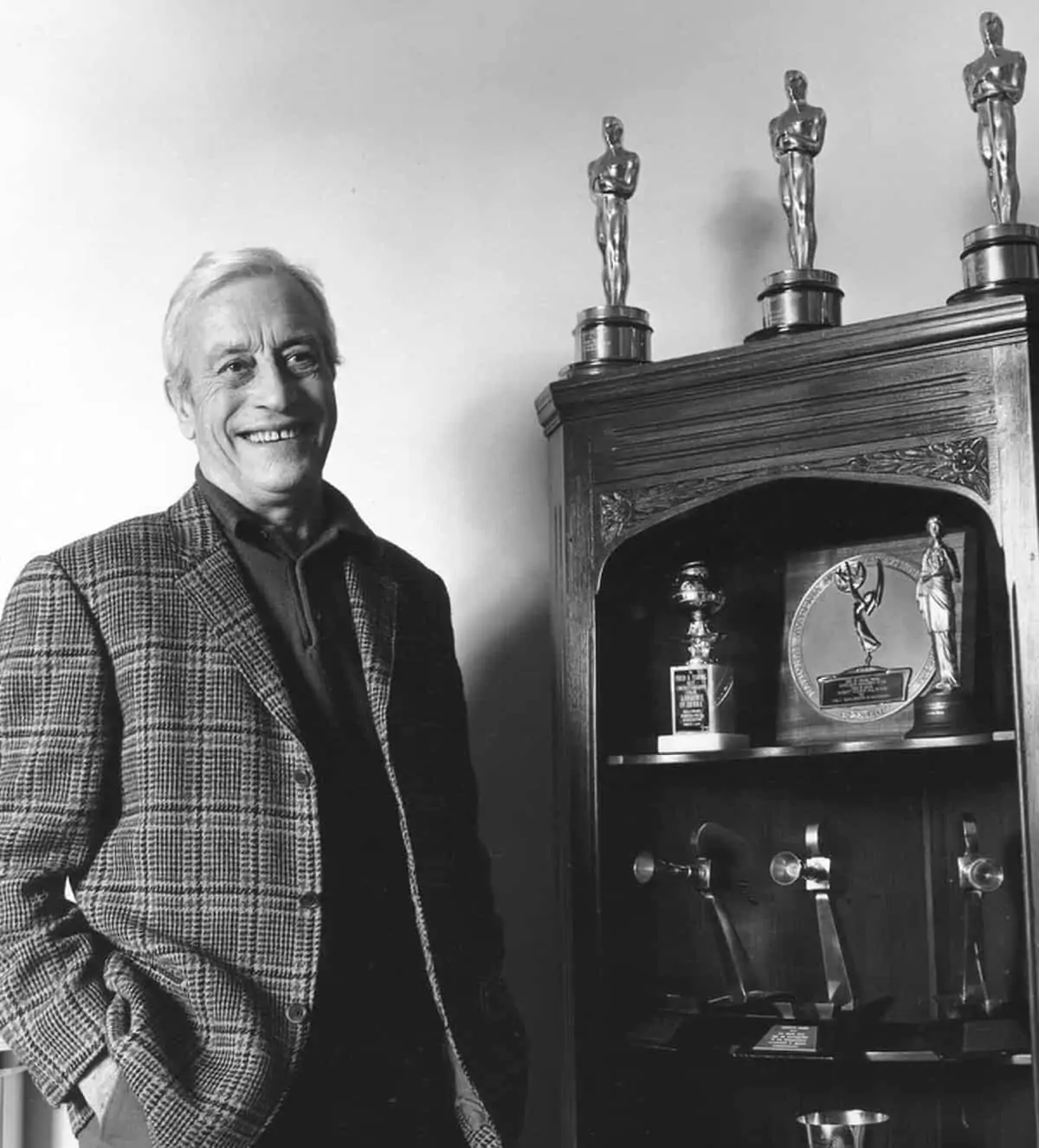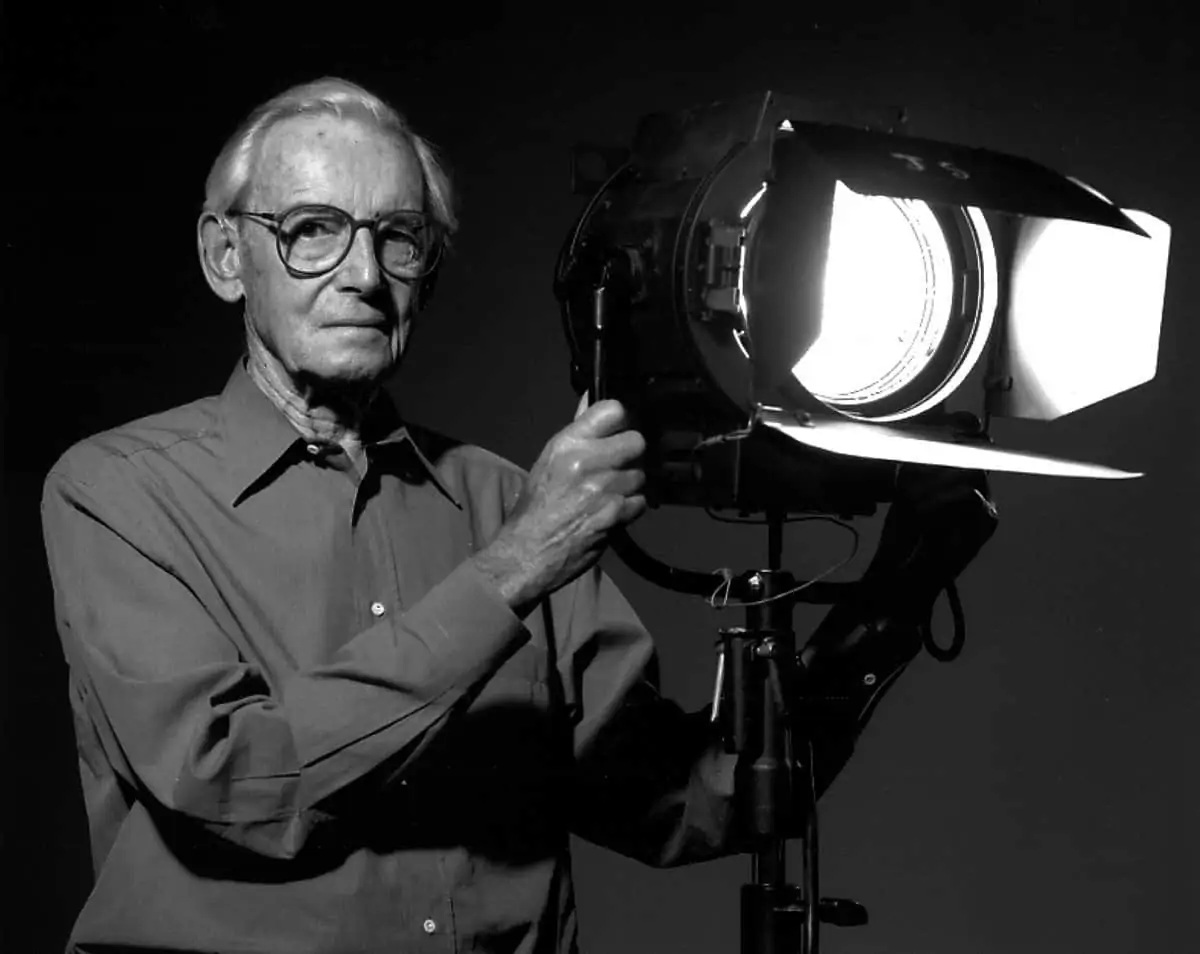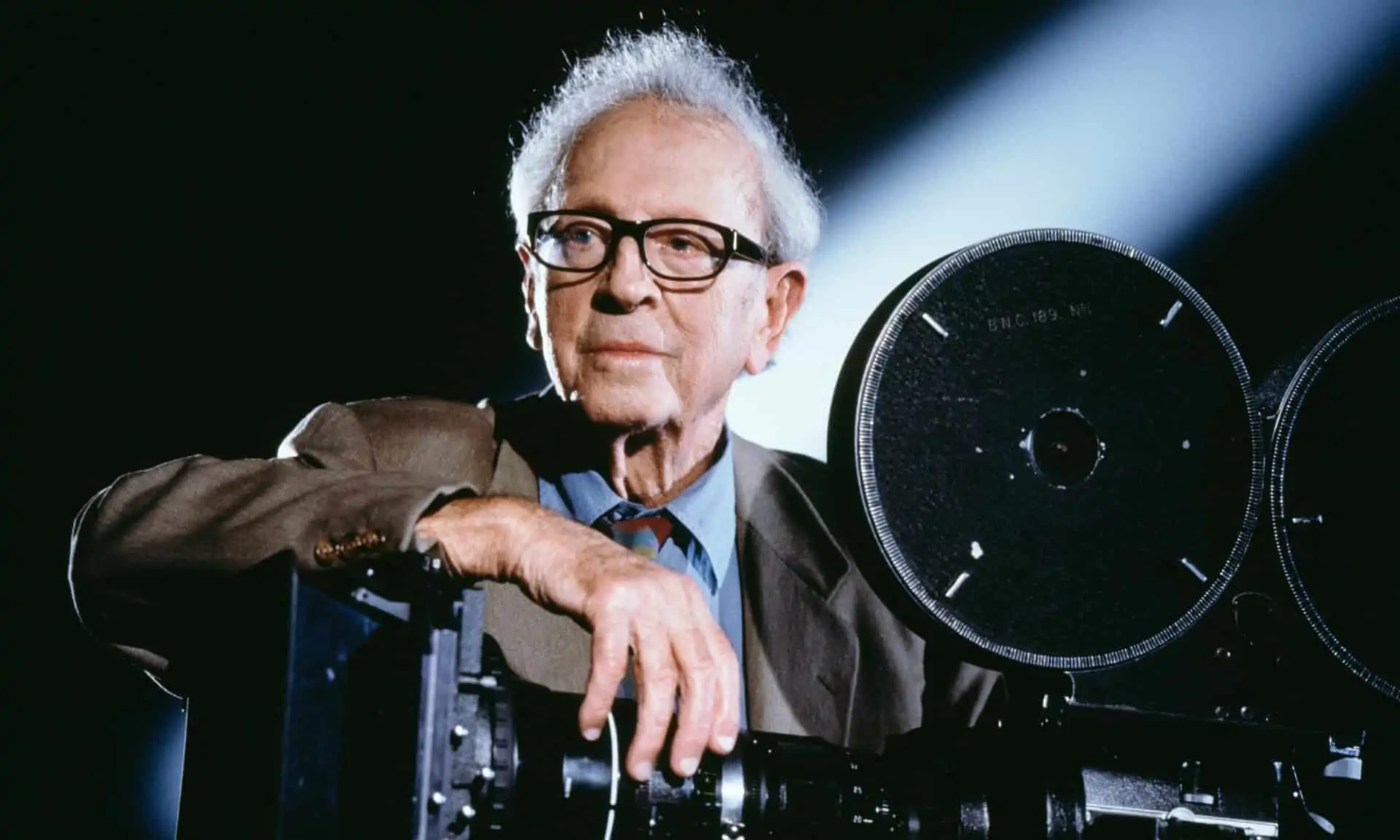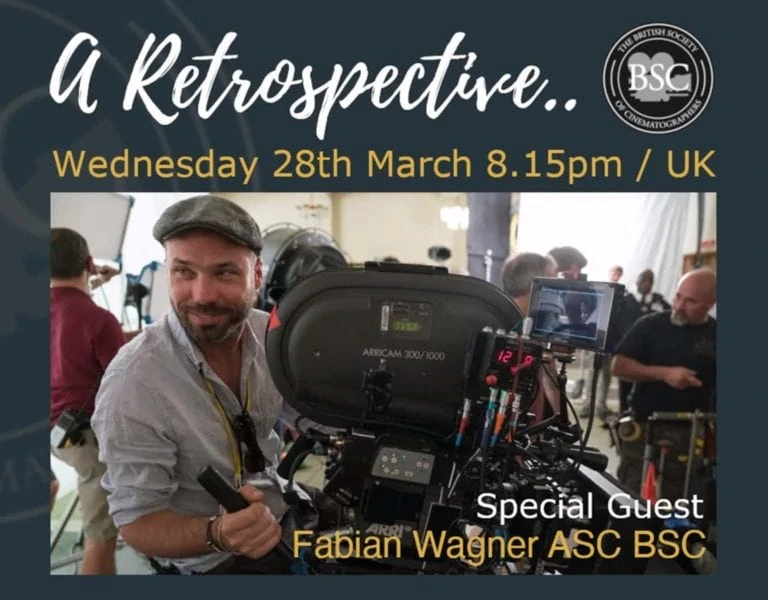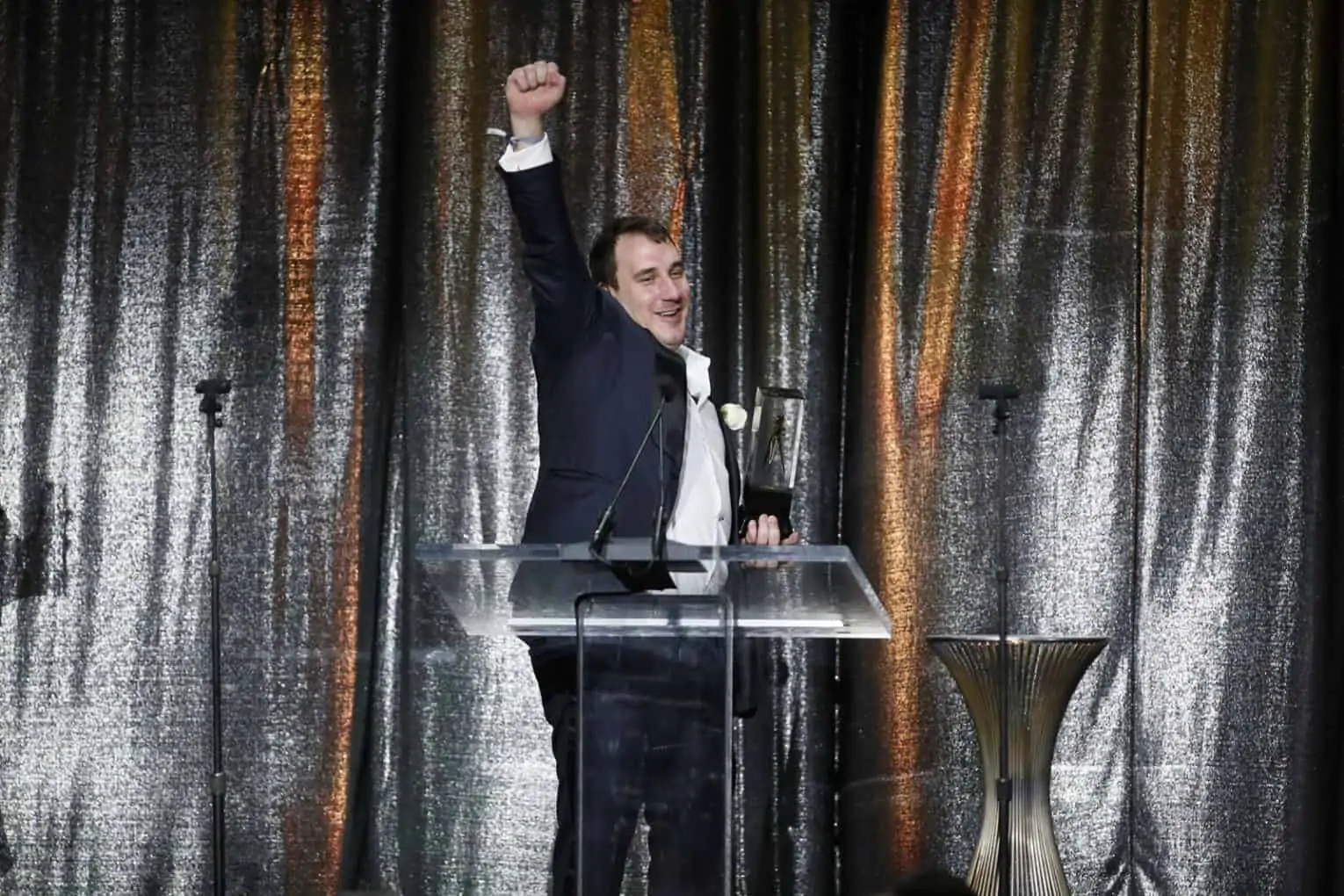Gentleman Genius
All Time Greats / Freddie Young OBE, BSC, ASC
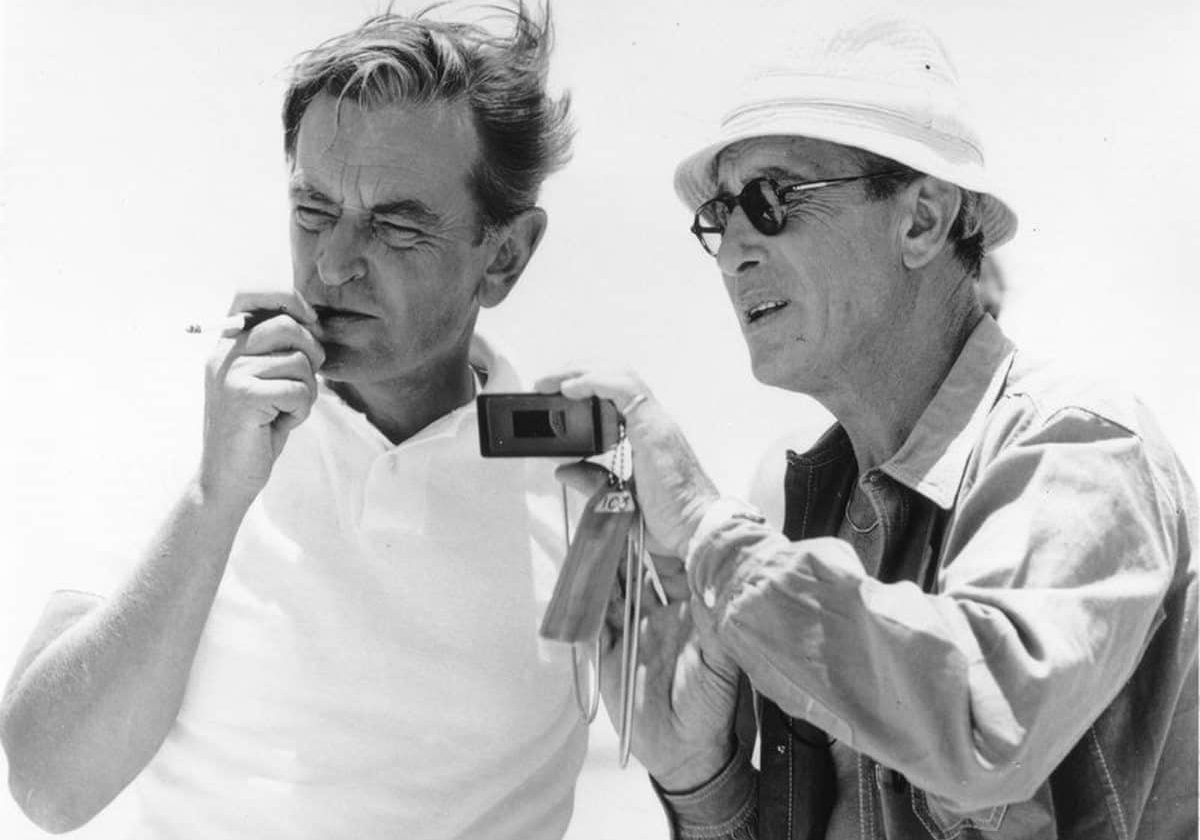
Gentleman Genius
All Time Greats / Freddie Young OBE, BSC, ASC
BY: David A. Ellis
Frederick Archibald Young was born on 9 October 1902 in London. He entered the film industry in 1917 at Lime Grove Studios, West London.
At that time it was run by Gaumont and had a glass exterior to allow light for shooting. Later it was re-built. It became Gaumont British in 1922. Young said the glasshouse was good in theory but in practice wasn’t so good. If it was a foggy day the studio became a pea souper. If it was cloudy, lights would be required to provide exposure, but if the sun came out the studio would be filled with sunlight and the shot would be ruined.
Young started in the laboratory and eventually moved into cameras, remaining with the studio for ten years. In those days he operated the Debrie Parvo camera. He worked with a cameraman called Arthur Brown. Later, Bill Shenton worked there and despite only having one eye he was considered to be a very good cameraman. Eventually the studio became the home to BBC Television. Housing now stands on the site. One of the films he worked on after leaving Gaumont was Hitchcock’s Blackmail (1929) photographed by Jack Cox and made at British International Pictures (BIP). Young was asked to shoot a montage for the silent version.
For several years he worked at British and Dominions at Elstree for producer and director Herbert Wilcox. Cinematographer Oswald Morris said: “He was a powerful cinematographer. He treated filmmaking rather like being in the army. There was strict discipline. At the height of his career his crew had to call him Mr Young.”
Sir Sydney Samuelson says: “The first technical marvel for which he was responsible, and which held me in awe of his genius, was as far back as 1938 on Sixty Glorious Years. I remember two technical aspects quite clearly. One sequence was an early example of British Technicolor three-strip. There was a remarkable ballroom scene, which was achieved by means of an early matte shot. Called something like the ‘Shufton process’. There was a glorious wide-angle shot of an elegant ballroom. Freddie once told me that as clever as Shufton was, the most stunning effect was actually brought about by him, pricking holes in the top part of the back of the matte then shining through each chandelier painted on its front. Amazing!”
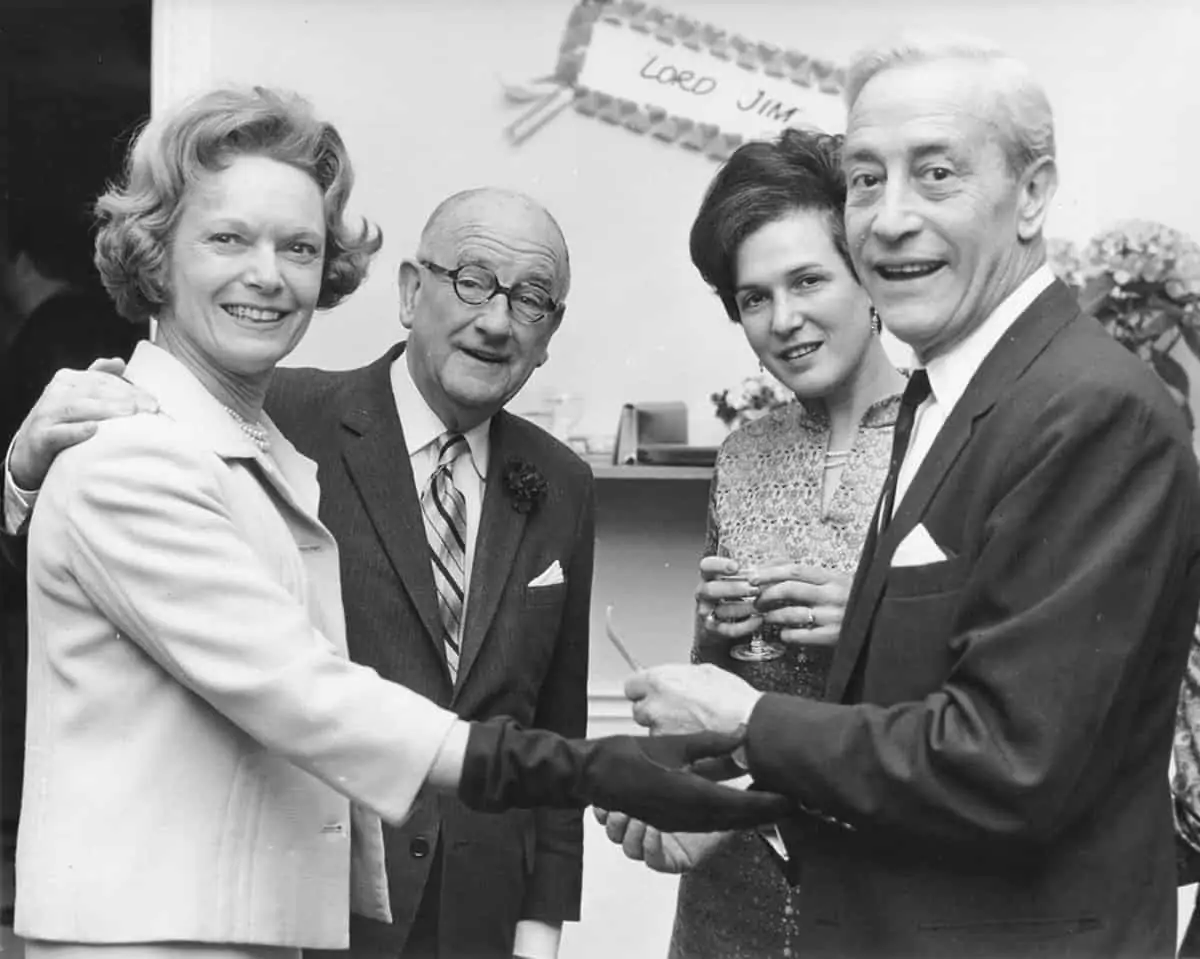
During WW2 Young was in the Army Kinematograph Service with Freddie Francis. Francis said: “He always insisted on being called Mr Young or sir. After the war Freddie was Freddie to everyone.”
Young was the first President of the BSC 1949-1952. He was President again from 1957-1960. He was also a member of the ASC and Fellow of the Royal Photographic Society (FRPS).
Following the war Young became head of cameras at MGM Elstree. “I suppose it was the finest studio in the country. It had a beautiful lot and was beautifully equipped,” remarked Young.
Renowned director Nicolas Roeg, who worked with Young at MGM and later photographed the second unit on Lawrence of Arabia, said Freddie was a terrific guy to work with.
In 1959, faced with a pay cut due to production cuts Young decided to leave the company. The day after leaving he realised that it was the first time he’d been out of work since 1917. In 1960 he was approached by producer Sam Spiegel to photograph Lawrence Of Arabia for director David Lean. Other notable directors he worked with include George Cukor, John Ford and John Huston.
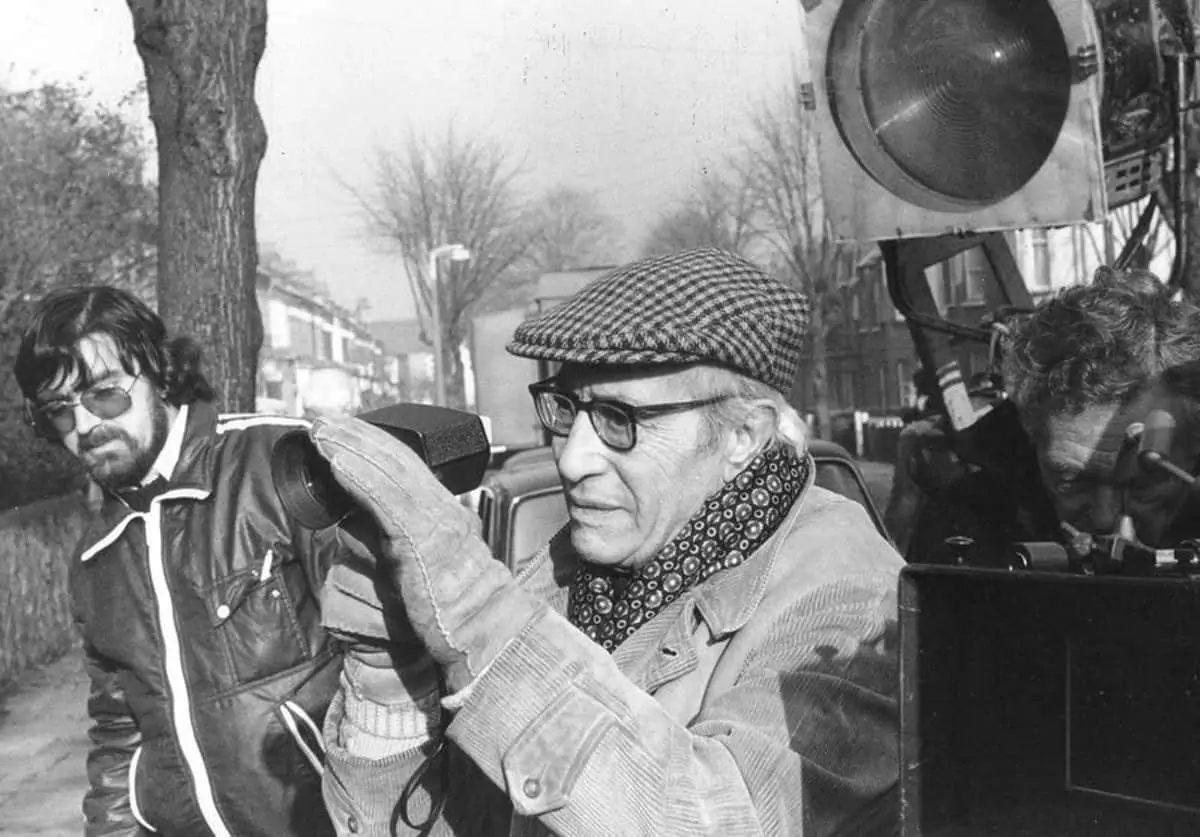
He first met Lean on Major Barbara (1941). Lawrence was released in 1962 and was the start of three 65mm wide screen pictures with Lean, earning Young three Oscars. Sydney Samuelson said: “Young is definitely ‘the master’ in my book of cineastes. Arguably and certainly in his era he was the best cameraman in the world. I had the pleasure of involvements with him and his crew from Lawrence Of Arabia onwards. David Lean was such a brilliant storyteller but nobody when working on one of his movies would accuse him of being easygoing. Freddie carried on for him regardless of personal and technical problems. Apart from three American Oscars Freddie won many awards including only the second Fellowship after Hitchcock from our own Academy BAFTA.”
The three films he made with Lean were a challenge. “Lawrence Of Arabia took two years and was shot in Spain, Morocco and Jordan. The heat in the desert was a dry heat of 110 degrees. We had a sunshade over the camera and a wet cloth on top of the camera, which acted like refrigerator. We never saw rushes, the results were cabled from London. The famous mirage scene was shot using a 500mm lens. This was obtained from Panavision in Hollywood along with the rest of the camera equipment,” said Young.
His next outing with Lean was Dr Zhivago (1965). It was filmed in the heat of Spain but was set in Russia, so a lot of faking was required. Some was shot in Finland. “We painted trees white, coloured hedge rows with white plastic and used hundreds of tons of marble dust,” said Young. “We used a blue filter for much of the film and it was my hardest technically.”
His final film for Lean was Ryan’s Daughter (1971). The whole of the film is set on the west coast of Ireland. He said: “Winter came and the summer scenes hadn’t been completed, so the main unit went to South Africa, a second unit stayed behind headed by Roy Stevens. Denys Coop was in charge of the cinematography. Lean gives you an inspiration so you go out of your depth and try and do something extraordinary.”
In conversation with cinematographer Robin Vidgeon’s wife Angela, Young said: “Whenever I had a candlelit scene I would go into a dark room, light a candle, sit and watch it for a while, blow it out and then take those images to set and light accordingly.”
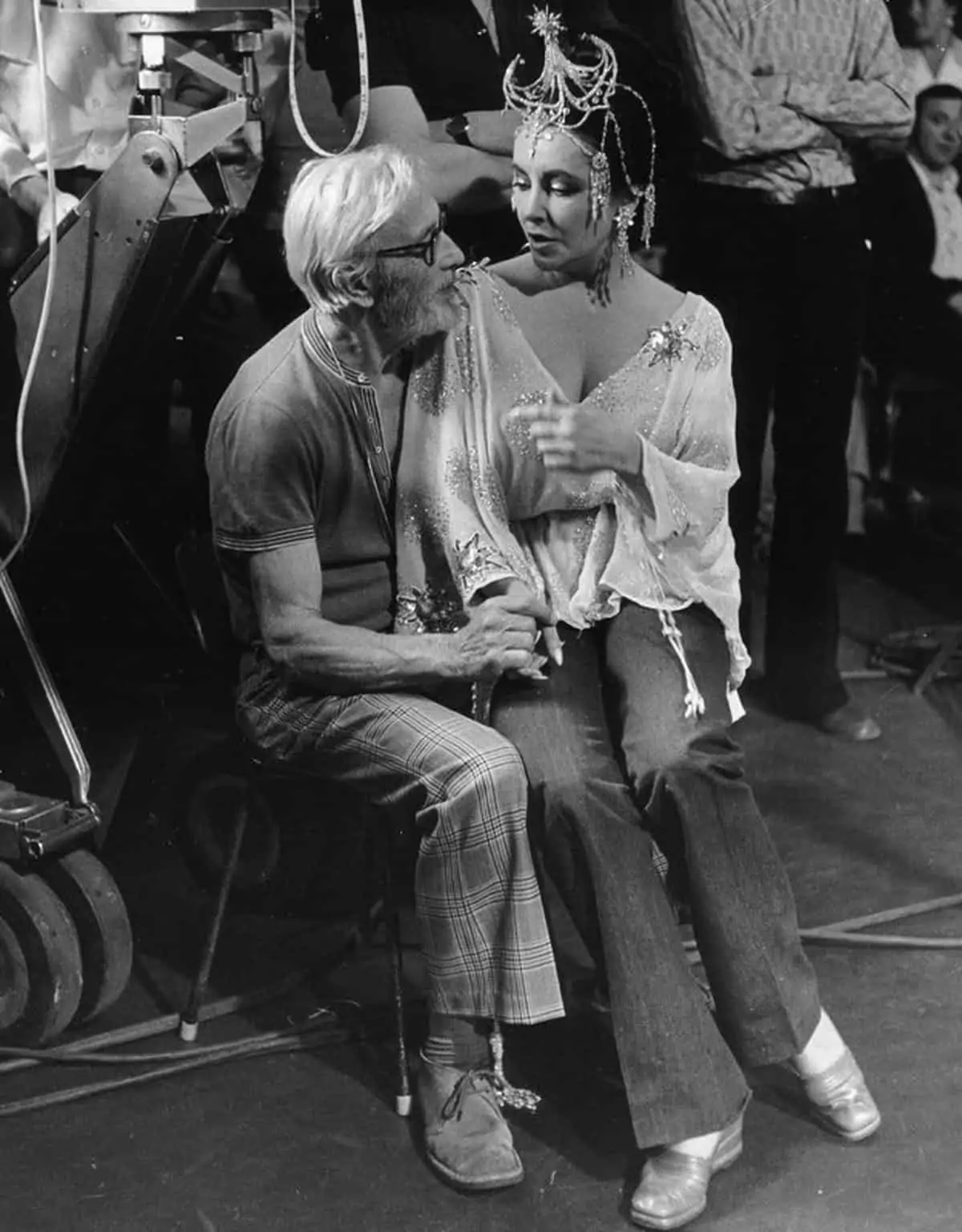
"Lawrence Of Arabia took two years and was shot in Spain, Morocco and Jordan. The heat in the desert was a dry heat of 110 degrees."
- Freddie Young OBE, BSC, ASC
In 1992 Lawrence of Arabia was re-launched and Young went to several screenings. At one screening Steven Spielberg told him it was seeing Lawrence in 1962 that made him decide a film career was for him.
Later in 1992 he was invited to speak to film students at the royal college of art. In July 1994 the college honoured him by making him a doctor of art.
Young said that people often asked him about his techniques. He said he had no plan or technique; he lit the scene according to what was in the script.
Following Ryan’s Daughter he carried on shooting until 1983. The same year he directed Arthur’s Hallowed Ground, his only film as director and the last he worked on. After this he shot commercials until his retirement aged eighty-five. His autobiography was published by Faber and Faber in 1999 called Seventy Light Years, which can be obtained through Amazon.
Finally, he said: “I worked in the industry for seventy years, photographing more than 120 films and being paid for a job I love. At the age of ninety-six I look back and think I’ve been incredibly lucky.”
Freddie Young OBE passed away on 1 December 1998 age 96.
